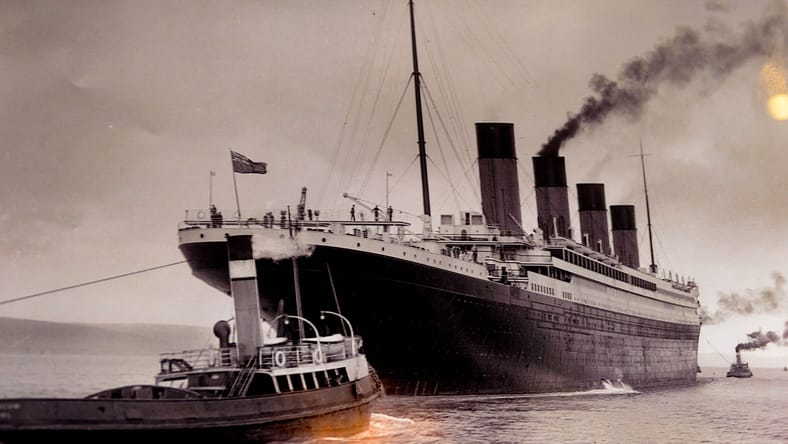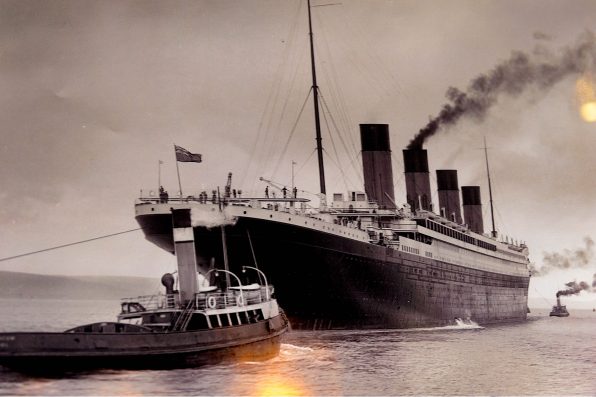She Survived The Titanic And Two More Disasters At Sea During Her Career As A Stewardess On Ocean Liners

In the history of maritime disasters, one figure who really stands out is Violet Jessop.
During her career as a stewardess on ocean liners, she survived two major ship sinkings and one collision, including the Titanic. Her extraordinary stories of survival have earned her the lasting legacy of a courageous hero at sea.
Jessop was born in 1887 on the outskirts of Bahía Blanca, Argentina, to Irish immigrants. She was one of nine children — only six in total survived infancy.
At a young age, she contracted tuberculosis and was given just a few months to live. However, she overcame the illness and went on to live a long, fruitful life.
When she was 16-years-old, her father died. The family moved to London, where her mother became a stewardess on a cruise ship.
In 1908, at the age of 21, Jessop decided to become a stewardess as well. She worked on several ships, including the RMS Majestic, the RMS Olympic, and the RMS Titanic.
On September 20, 1911, Jessop was aboard the Olympic when it crashed into the British warship HMS Hawke off the Isle of Wight, an island in the English Channel.
Both of them were able to make it back to land, and luckily, no one was injured, but the collision did cause considerable damage to the vessels. The Hawke was left with large holes in its hull, while the Olympic’s compartments flooded.
In 1912, Jessop joined the Titanic when she was 24. On April 14, 1912, the Titanic hit an iceberg. She had been in bed when the accident happened.

Anton Ivanov Photo – stock.adobe.com – illustrative purposes only
Once she realized the ocean liner was sinking, she rushed from her cabin and helped women and children into lifeboats, according to the U.K.’s National Archives.
Before the ship sank, she was handed a stranger’s baby and instructed to get into a lifeboat herself. More than 1,500 people died that day. She was among the 700 survivors.
Not long after this traumatizing incident, Jessop returned to sea. On November 21, 1916, she was onboard the HMHS Britannic as a wartime nurse when the ship struck a mine and began to sink.
The liner had been operating as a hospital ship in the Aegean Sea just before World War I. The mine they ran into was planted by a German U-boat.
She was able to get to a lifeboat, but the ship’s propellers created a current that pulled some of the lifeboats toward the ship. Jessop’s lifeboat was one of them. She received a head injury after banging her head against the keel of the vessel.
Some of the other passengers suffered far worse, though. Several of the lifeboats were shredded to pieces by the propellers, injuring and killing those who had been in them.
Overall, 30 passengers lost their lives. Jessop was one of the 1,000 people who survived the sinking.
After the war, she went to work on large ships and did world cruises for years. Finally, in 1960, she retired from the sea at the age of 63. She died of heart failure in 1971 at 84-years-old.
Sign up for Chip Chick’s newsletter and get stories like this delivered to your inbox.
More About:Freaky